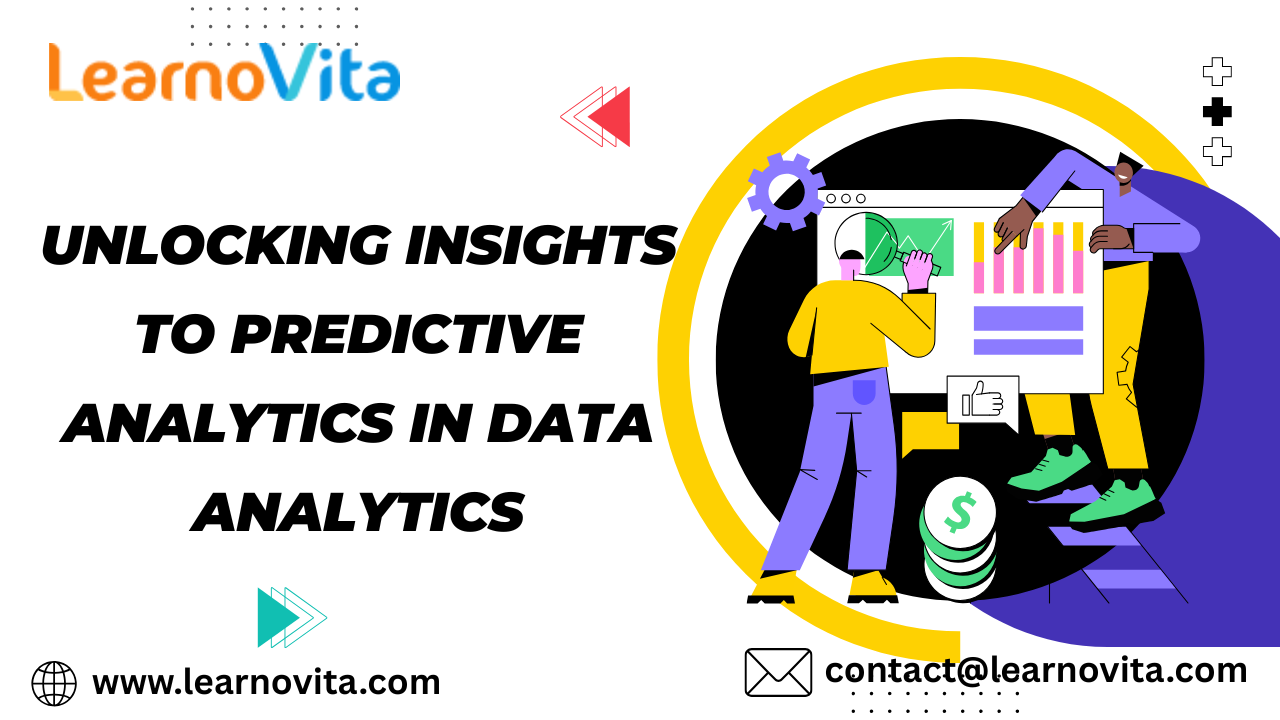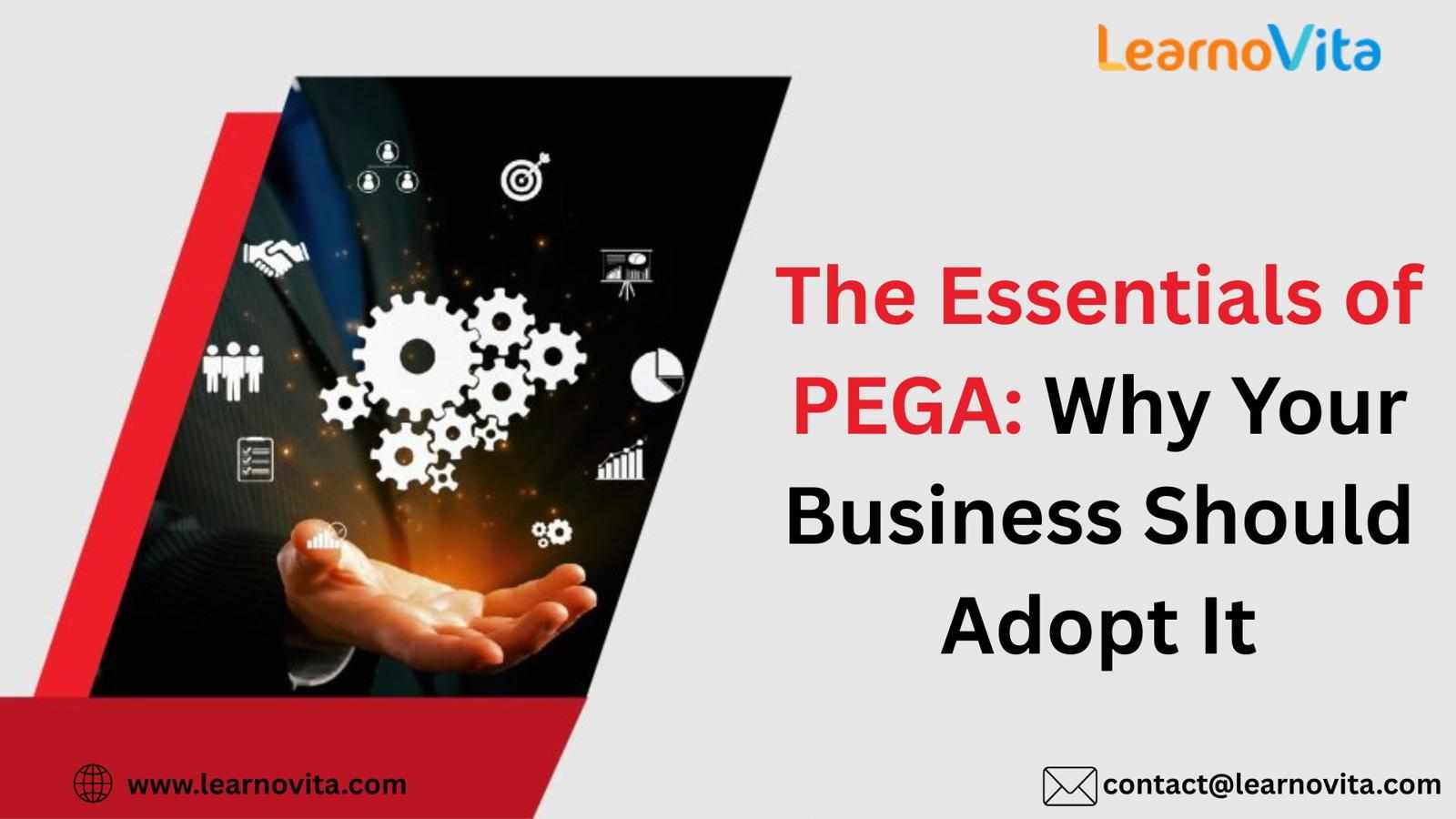
In a world driven by data, the ability to anticipate future trends is invaluable. Predictive analytics offers organizations a powerful means to forecast outcomes, optimize strategies, and make informed decisions. This blog serves as your guide to understanding predictive analytics and how it can help you stay ahead of the curve. For those looking to enhance their skills, Data Analytics Course in Chennai programs offer comprehensive education and job placement assistance, making it easier to master this tool and advance your career.
What is Predictive Analytics?
Predictive analytics is the process of using historical data, statistical algorithms, and machine learning techniques to predict future events. By analyzing past patterns and behaviors, organizations can gain insights that enable them to make proactive decisions rather than reactive ones.
Key Steps in Predictive Analytics
Data Collection:
Gathering relevant data is the foundation of predictive analytics. This can include sales data, customer interactions, market trends, and more.
Data Cleaning:
Ensuring the accuracy and consistency of data is crucial. This step involves removing duplicates, handling missing values, and formatting data for analysis.
Model Development:
Using statistical techniques and machine learning algorithms, organizations build predictive models that can identify trends and forecast outcomes based on historical data.
Validation:
Testing the model against new datasets is essential for assessing its accuracy. Validation ensures that predictions are reliable and actionable.
Deployment:
Once validated, predictive models can be integrated into business processes to guide decision-making and strategic planning.
Applications of Predictive Analytics
1. Market Trend Analysis
Predictive analytics enables businesses to analyze market trends and consumer behaviors. By identifying patterns in purchasing data, organizations can anticipate shifts in demand and adjust their strategies accordingly. This proactive approach helps in capitalizing on emerging opportunities.
2. Customer Insights
Understanding customer preferences is key to effective marketing. Predictive analytics allows businesses to segment their customer base and tailor marketing campaigns to specific groups. By predicting which products or services will appeal to different segments, companies can enhance customer engagement and loyalty.
3. Supply Chain Optimization
In logistics, predictive analytics plays a vital role in managing inventory and optimizing supply chains. By forecasting demand, organizations can reduce excess inventory and ensure timely delivery of products, ultimately improving efficiency and reducing costs.
4. Fraud Detection
In finance and insurance, predictive analytics is crucial for identifying potential fraud. By analyzing transaction patterns and flagging anomalies, organizations can take preventive measures to protect their assets and clients.
It’s simpler to master this tool and progress your profession with the help of Best Online Training & Placement programs, which provide thorough instruction and job placement support to anyone seeking to improve their talents.

Benefits of Predictive Analytics
Informed Decision-Making: Data-driven insights enable organizations to make strategic decisions based on evidence rather than intuition.
Cost Efficiency: By anticipating trends and optimizing operations, businesses can reduce waste and improve profitability.
Competitive Advantage: Organizations that leverage predictive analytics can stay ahead of competitors by adapting quickly to changes in the market.
Challenges in Predictive Analytics
While the benefits are substantial, predictive analytics also presents challenges:
Data Quality:
The accuracy of predictions relies on high-quality data. Organizations must invest in data cleaning and management.
Complexity of Models:
Developing effective predictive models requires expertise in data science and analytics, which may be a barrier for some organizations.
Privacy Concerns: The use of personal data raises ethical considerations, necessitating compliance with regulations and best practices.
Conclusion
Predictive analytics is a transformative tool that equips organizations to anticipate future trends and make data-driven decisions. By harnessing the power of historical data, businesses can gain insights that drive strategic planning and operational efficiency. As the landscape of data continues to evolve, embracing predictive analytics will be essential for organizations seeking to thrive in a competitive environment. With the right approach, predictive analytics can unlock new opportunities and pave the way for sustained success.










Write a comment ...